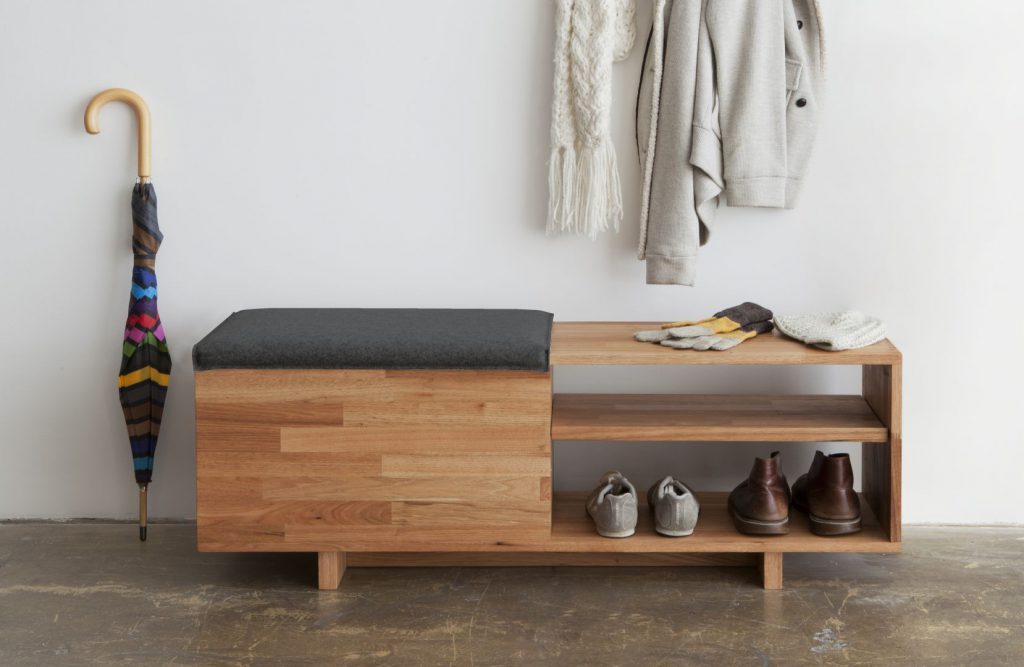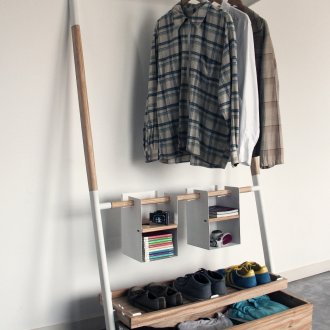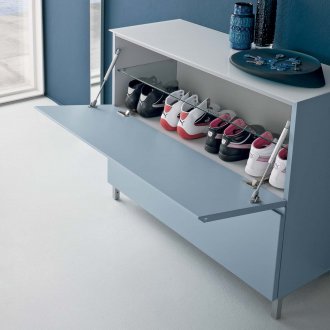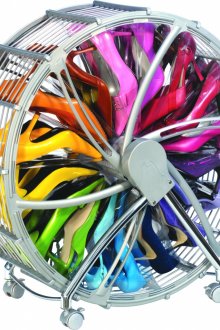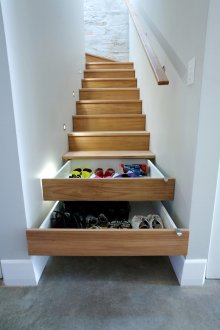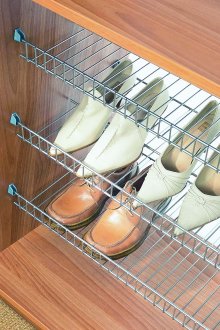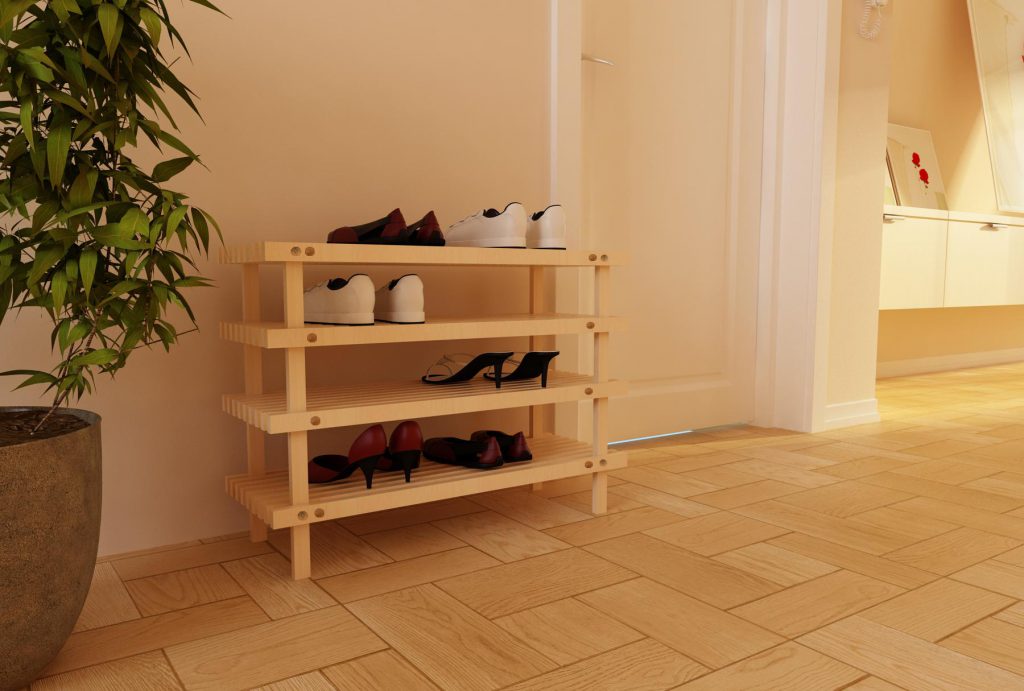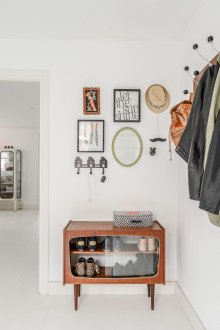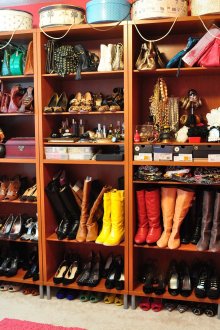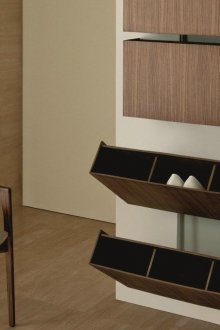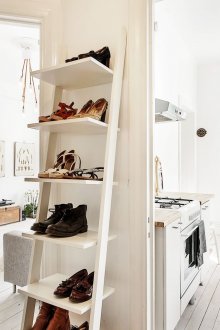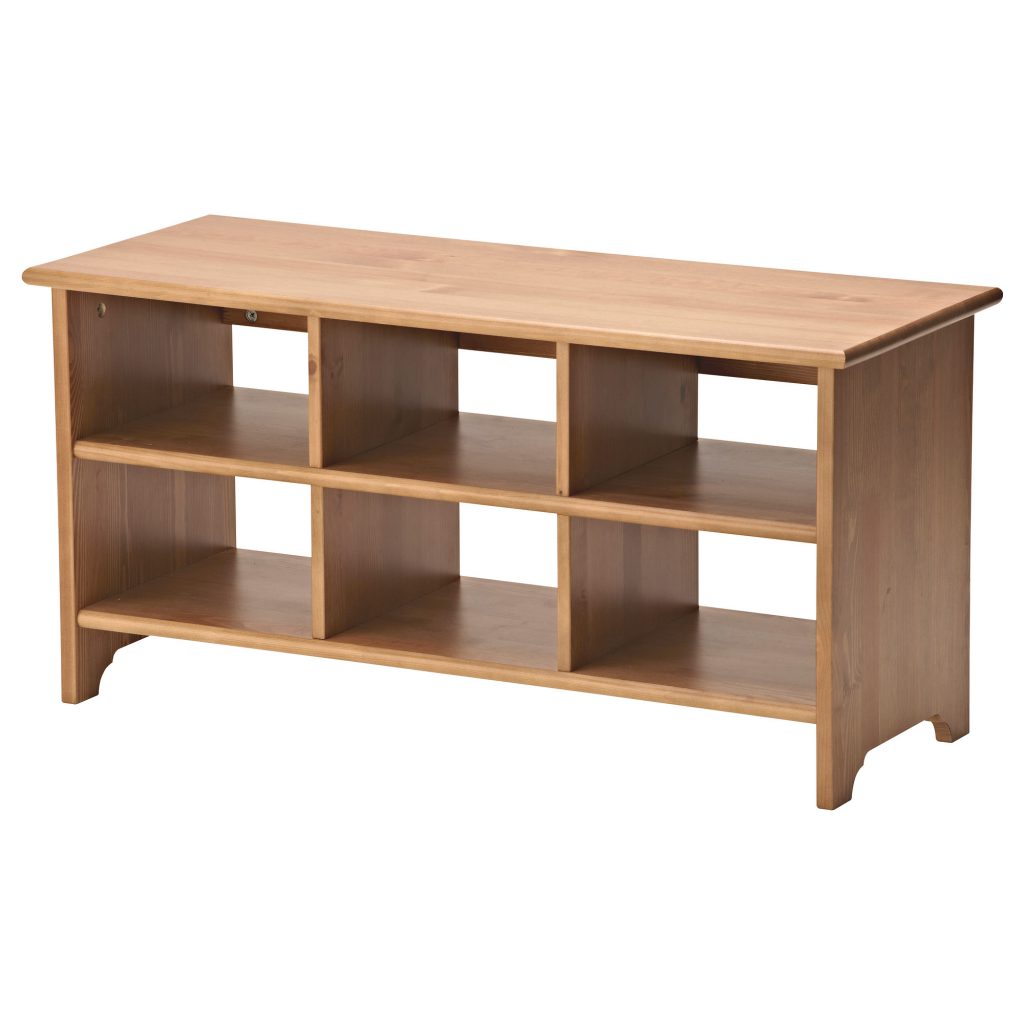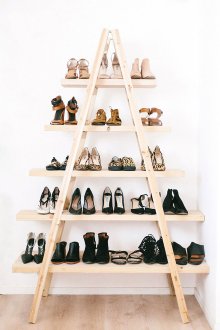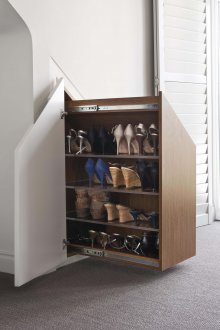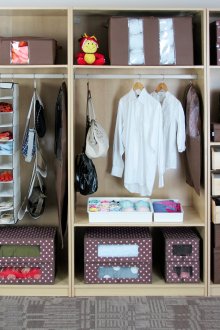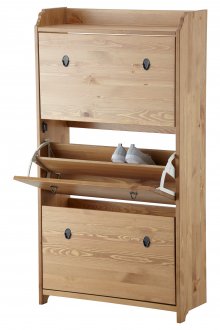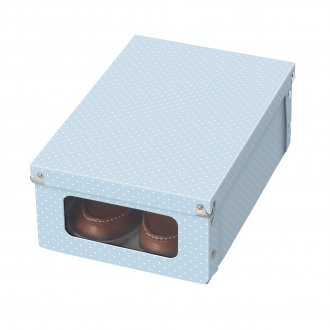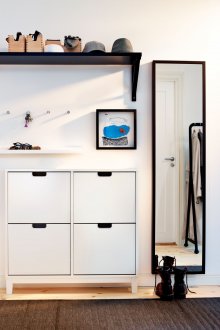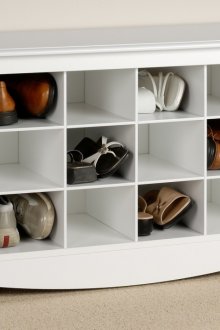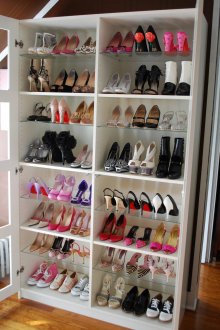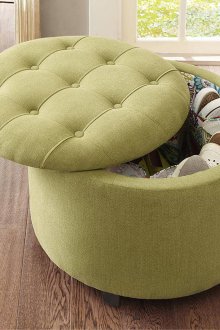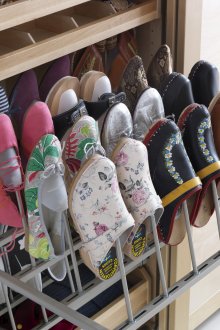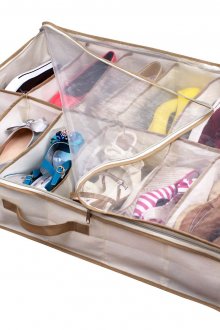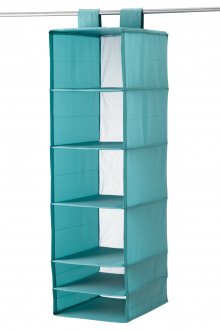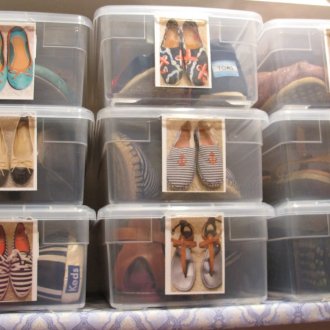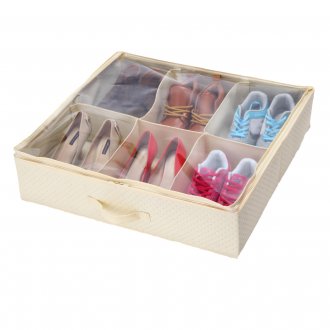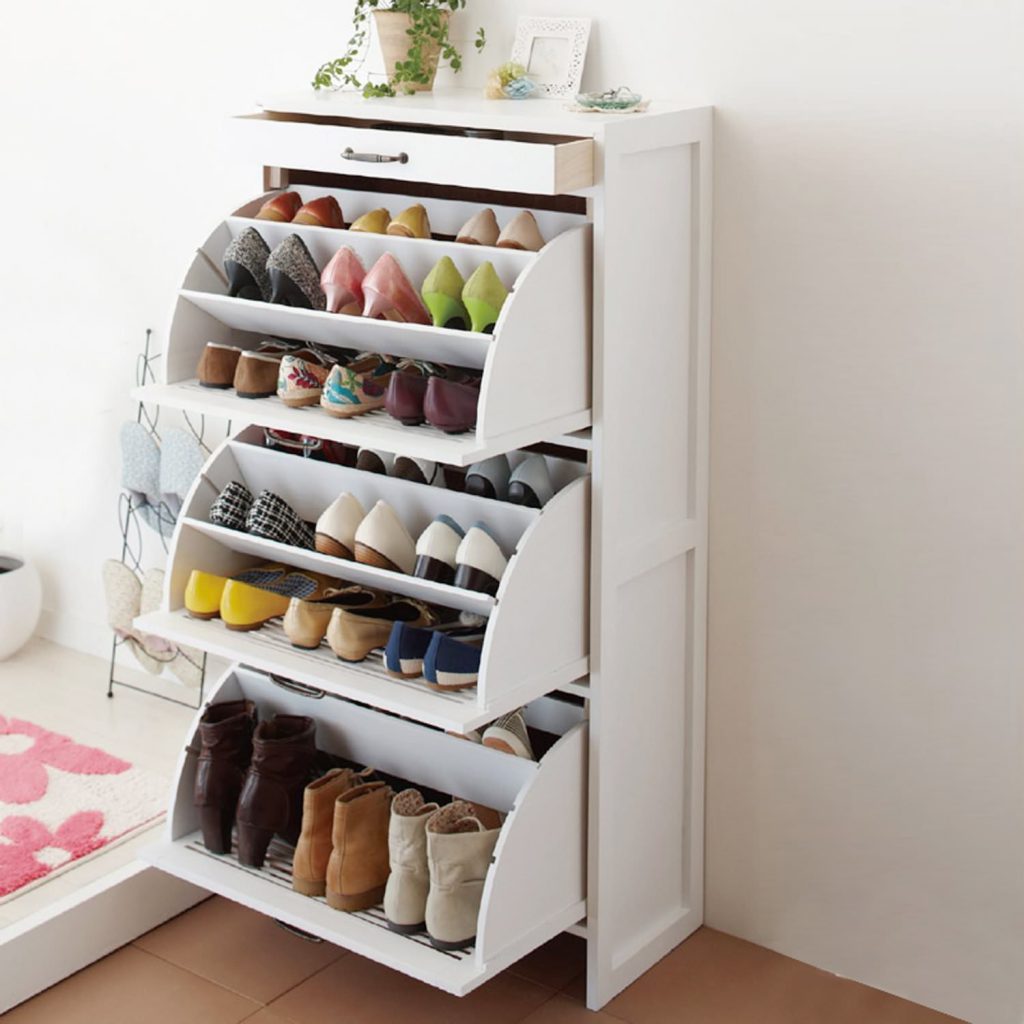Proper seasonal storage of shoes (36 photos): original organizers and solutions
Content
Winter shoes are a very expensive part of the wardrobe, usually bought for several seasons. Even in winter, it takes up a lot of space in the hallway. But the winter is over, and the question arises how to store all these boots and winter boots, because each family member has several pairs. The shelves are already occupied, the counter in the corridor is not rubber, and there is not much space in the closet on the floor. But winter shoes for storage need to provide not only good conditions, you still need to find enough space.
It turns out that storing winter shoes is a science. Someone puts it in bulky bags to make room in the apartment, and in the fall discovers that the condition of your favorite boots is far from the best. Having advised that winter shoes are always poorly stored, such owners are looking for solutions to put them in order, if possible. But there are quite simple ways to avoid damage to shoes during long-term storage.
Proper storage of shoes consists of several stages:
- Preparing things for long-term storage.
- Packing in special devices (wardrobe trunks, boxes, organizers).
- Regular examinations and additional care if required.
- Preparing shoes for use.
Although this sequence of actions seems too complicated, in practice it does not take so much time. Let's look at all the steps in more detail, and also find out additional options.
Stage 1: Preparing winter shoes for storage
Before storage, shoes must be cleaned and thoroughly washed from any contaminants. There should not be even the slightest trace of dirt. If you can’t remove any impurities, you can use soap, special shampoos or other detergents. For leather shoes, it is very important that its surface is clean and able to “breathe” during storage. The sole should also be thoroughly washed, and the insoles should be removed and processed separately.
The next step is to wash the washed shoes thoroughly. Even a small percentage of moisture will allow bacteria and fungi to multiply, which can damage not only shoes, but also other accessories in the dressing room. Do not dry your shoes with powerful heat sources or fans. To do this, there are several effective devices that can be purchased at shoe stores or made with your own hands.
The best solution is to buy special dryers that conduct antimicrobial and antifungal treatment with ultraviolet radiation. But you can use ready-made ideas, striking simplicity and genius. An excellent moisture sorbent that can be found in any home is cat litter. It should be folded into a fabric bag and placed inside the boot. Of course, there is no question of antiseptic processing of speech in this case.
The simplest repair of shoes before storage can be done with your own hands, if you need to take it to the workshop, you can only do this when it is thoroughly washed and dried. To prevent the shoes from drying out, it needs constant care, before storing it should be treated with shoe cream. Do not handle shoes before storing with glycerin cream, since it dries leather products very much. It is recommended to use petroleum jelly or creams based on it.
Stage 2: bookmark storage
For long-term storage of shoes, like other wardrobe items, special conditions are necessary. Microorganisms, fungi, moths, or even mice can damage it. But even protecting your favorite shoes from the above pests, we risk harming it ourselves - simply folding it incorrectly in the closet and leaving it like this for several months. Incorrect styling especially affects women's boots with high shafts.
In order for shoes to retain their shape during storage, they must be fixed. It should not be packed in tightly closed containers - it should “breathe”. Many retain the original boxes in which they bought shoes, believing that these are the best accessories for storage (especially those with transparent covers). However, the sizes of such boxes are optimized in order to occupy a minimum of space in the store. Storing shoes in small factory packaging can cause permanent damage.
To keep the shoes in shape, it can be:
- hang with clothespins on the hangers of the wardrobe;
- put in spacious boxes or on shelves;
- use a special box, carrying case or organizer;
- put a PET bottle or a folded magazine in the boot.
Shoes prepared and folded in boxes can be stored in the dressing room, on the shelves of the wardrobe or in the pantry, especially if there is a special module for storing shoes. But the balcony is not the best place to store leather goods. Even if they are reliably sheltered from sunlight, the climate on the balcony is still too harsh, so the surface of leather shoes crack, lose its appearance and become unusable.
Properly folded shoes can free up space in the hallway and the entire apartment, while remaining calm for the safety of their belongings. It is advisable to install inside something that will hold the shape. It is not at all necessary to use industrial arch supports or other systems; a PET bottle, a folded magazine, can do this role perfectly. A good option for stuffing shoes is newspapers that not only hold their shape and absorb moisture, but also repel moths with their smell.
Stage 3: airing and regular maintenance
Even if the previous points are performed perfectly, in the dressing room there is cleanliness and order, and you have met all the storage conditions of the shoes implicitly, you must periodically monitor the process. Seasonal storage of shoes is always a responsible process, but in the case of winter shoes, everything is more complicated.
The main difficulty is that winter boots have to languish in this state for three seasons. Therefore, minimal care is periodically needed - shoes must be removed from the box, dried, if necessary cleaned and treated with a new portion of an antiseptic, apply fresh cream, and then put it back in place.
Stage 4: preparation for use
After proper storage, the shoes need preparation for use. Taking it out of the box, you need to make sure that it has a decent appearance, if necessary, make cosmetic care. In addition, the shoes are stored in dry conditions, so before using it is necessary to slightly moisten it naturally.
To do this, you need to unpack it a few days before the first use, remove all the improvised systems for drying and put in the hallway. After standing for several days, the boots will gain the necessary level of moisture and will be ready for everyday wear without compromising their integrity and your health.
We summarize the sequence of actions necessary for the proper storage of winter shoes:
- Thoroughly clean and wash.
- Dry completely using a special system or applying various ideas for the use of improvised means.
- If damage is present, repair at home or take it to repair.
- Treat with special antiseptic agents.
- Seal the inside of the shoe so that it does not crumple.
- Fold in organizer, drawer or other storage device.
- Perform minimal maintenance periodically.
- Prepare before use.
The considered rules may seem frivolous to some, however, their careful observance will allow keeping winter shoes in good condition for several seasons. This will free up space in the apartment, do not need special furniture, and in the corridor or hallway it will always be convenient to assemble. If stored incorrectly, wardrobe items deteriorate much more than when used.
Shoe organizer
We examined all aspects of storing winter shoes, now it's time to touch on a special device for this purpose. The shoe organizer is a large module for storing shoes, divided into sections (most often 6), which you can buy or make with your own hands. The charm of self-made in the opportunity to embody bold design ideas that may come to mind.
Functionally, it is a large dense fabric wardrobe trunk fastened with a zipper. Shoes and other wardrobe items can be folded into separate sections. The walls are sealed with cardboard to hold the shape, and the upper parts of the organizers are usually transparent, so that you can quickly understand what is lying. When there is no need for such an organizer, it folds perfectly and takes up less space than a small bag.
Using an organizer or any other case for storing shoes, you will not only ensure the safety of your shoes, but also make life easier for yourself, because you will definitely know the place where the shoes that are necessary at that moment lie.
